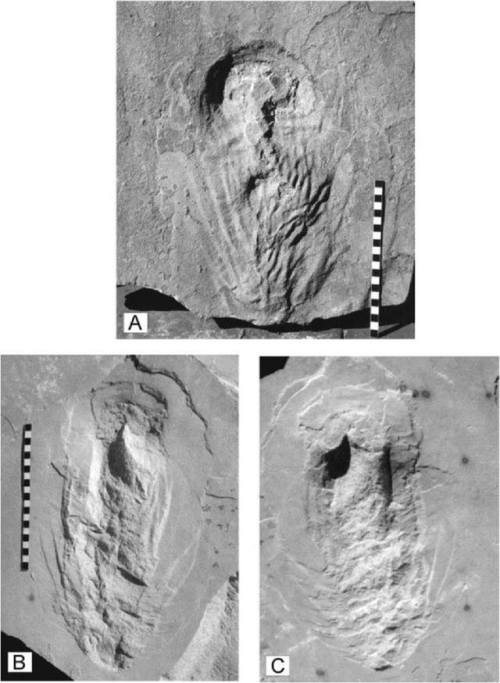Where a dino widdled Trace fossils enrich the picture that we can form of past environments and the
Where a dino widdledTrace fossils enrich the picture that we can form of past environments and the creatures that lived in them by providing direct evidence of behaviour. Famous examples include the final footprints and corpse of a horseshoe crab (see http://bit.ly/2qAEabU) and varied walls of dinosaur tracks around the globe. These have proved behaviour such as herding and nesting in groups, sometimes repeatedly in the same locales.Other well known evidence of diet, shapes of dinosaurian intestines and the like comes from fossilised poo, known as coprolites (see http://bit.ly/2q7zla1). Researchers were also aware of the possibility of urination marks, since some saurians would have done so from a great height, maybe creating structures in soft sediment that might miraculously be preserved through the vicissitudes of geological deep time, though how to recognise them was acknowledged to be problematic.Back in 2004 scientists in Brazil published the second set of likely examples (the first came from the Morrison formation in Colorado) shown in the photos here. The powerful stream of urine hit dry sand that was subsequently filled and preserved, recording a unique event when ostrich sized dinosaurs went onto a future sandstone.The researchers confirmed this by visiting an ostrich farm and seeing these modern saurians create similar structures to those uncovered in the early Cretaceous Botucatu formation. Now known as urolites they are too rare for much systematic analysis, and once revealed by erosion they are likely to be ephemeral and unrecognised by any but the most attentive passersby.LozImage credit: P.R.F. Souto, M.A., Fernandeshttp://read.bi/2pMukTfhttp://bit.ly/2pEQyq4Original paper, free pdf http://bit.ly/2qFUMMjpaywall access: http://bit.ly/2qFUogP -- source link
#fossil#dinosaur#urine#waste#trace fossil#geology#sandstone#morrison

